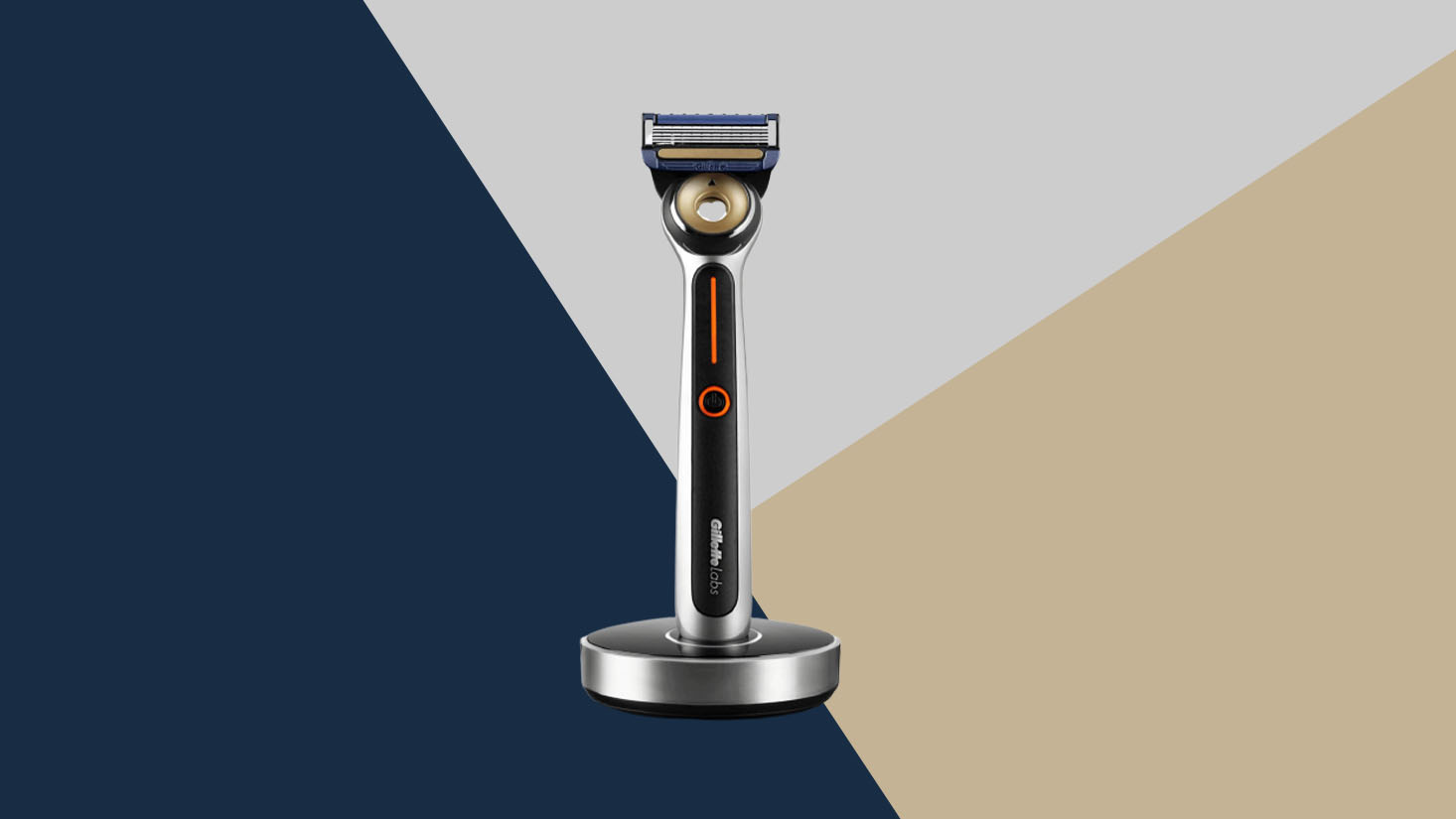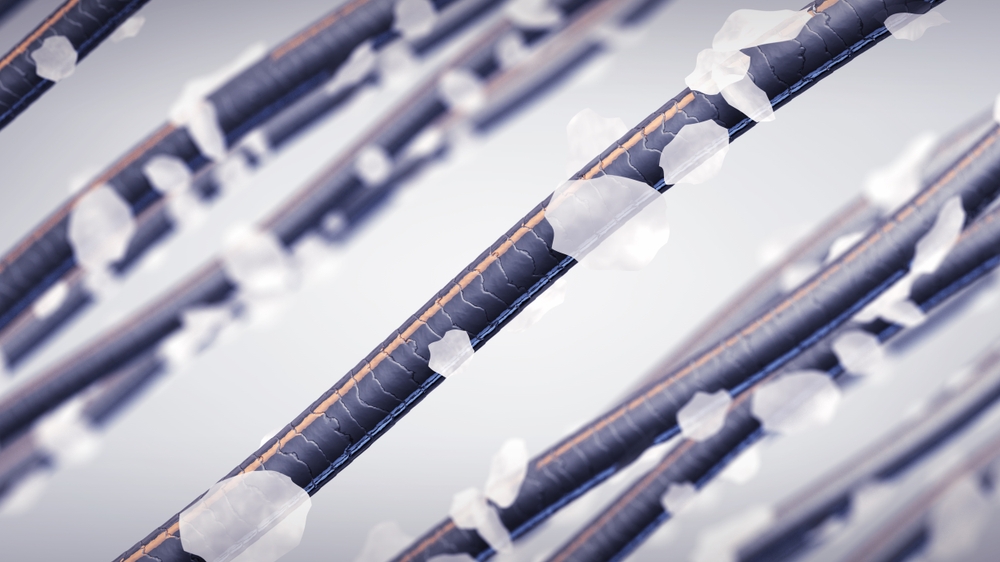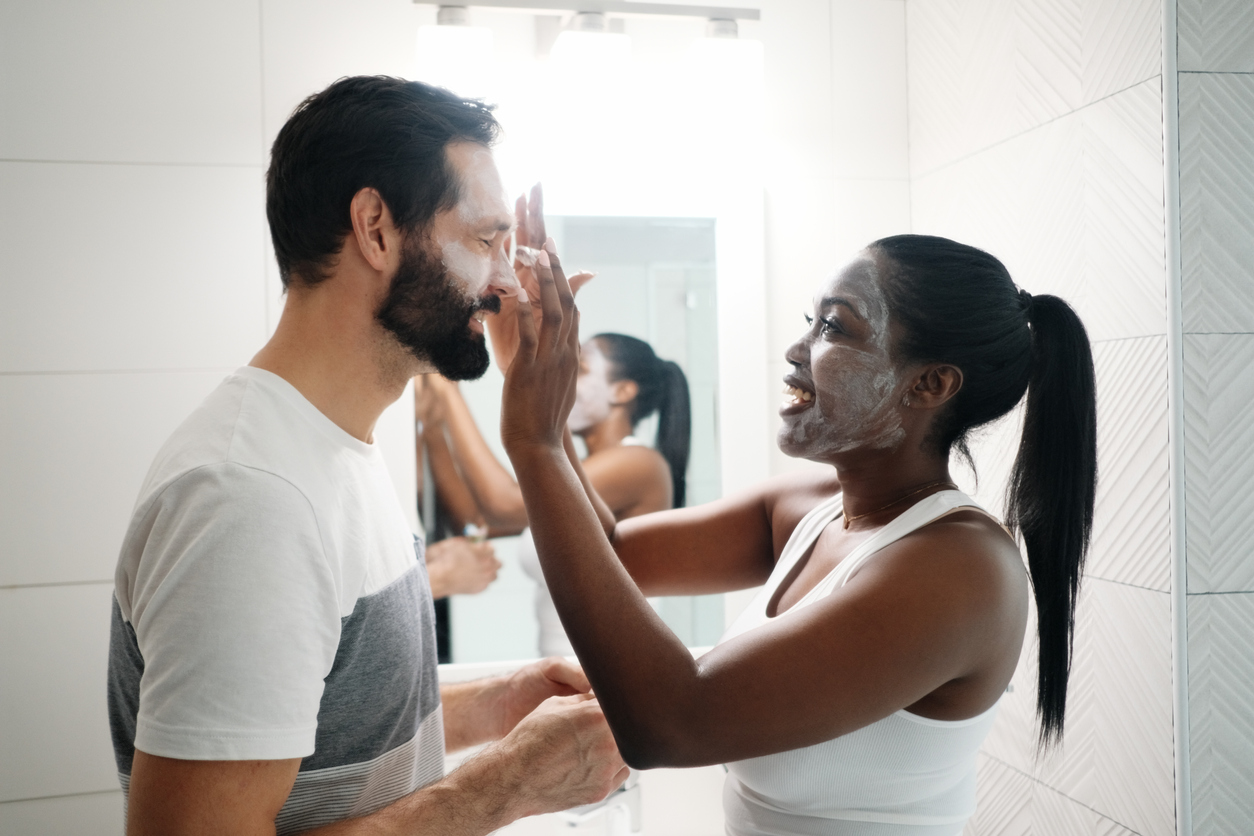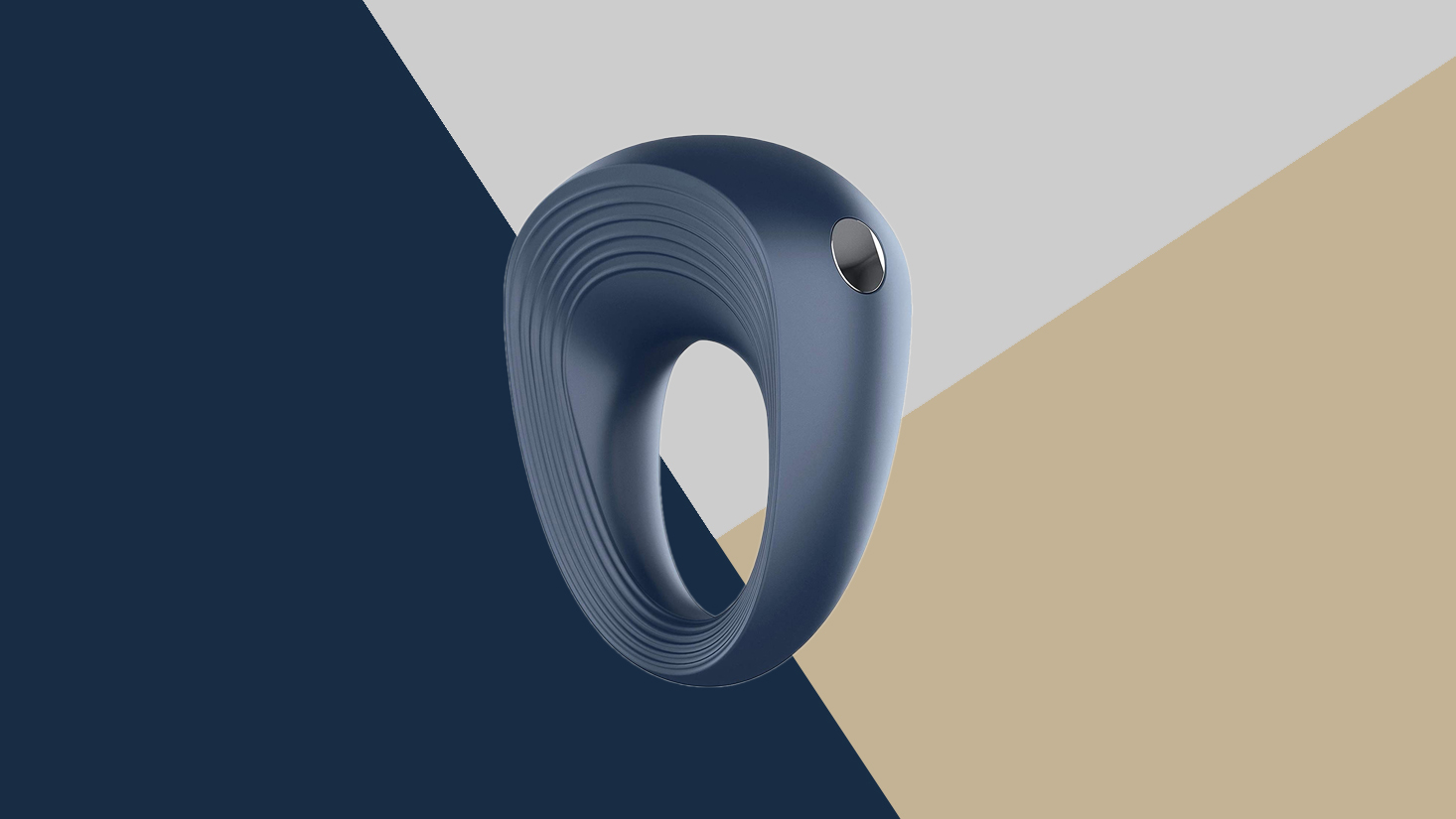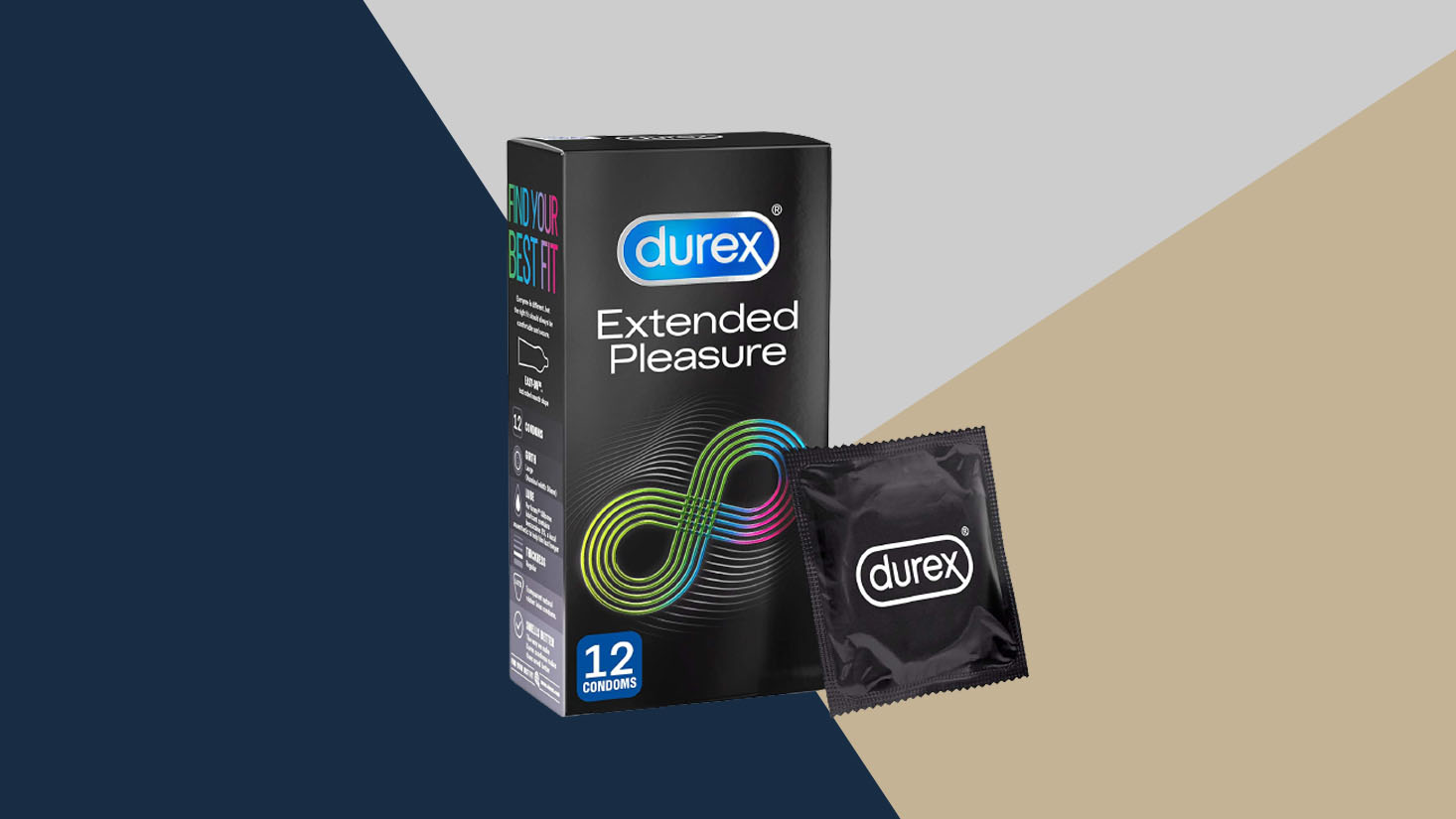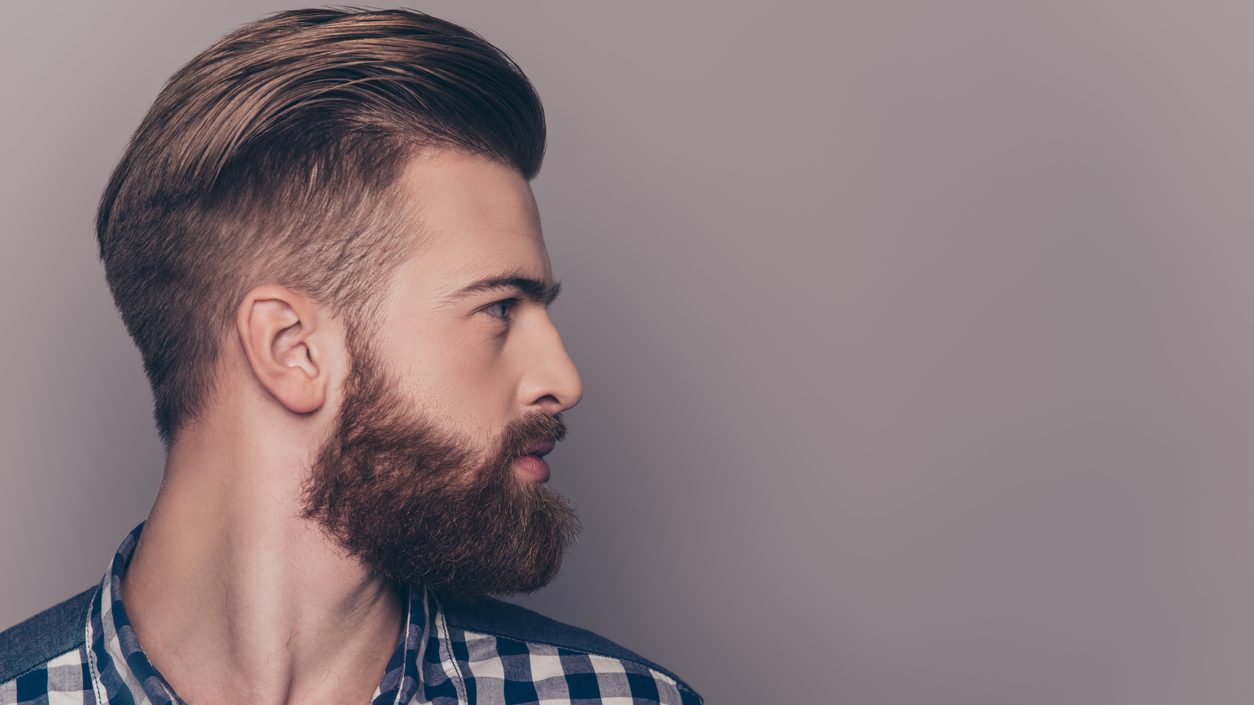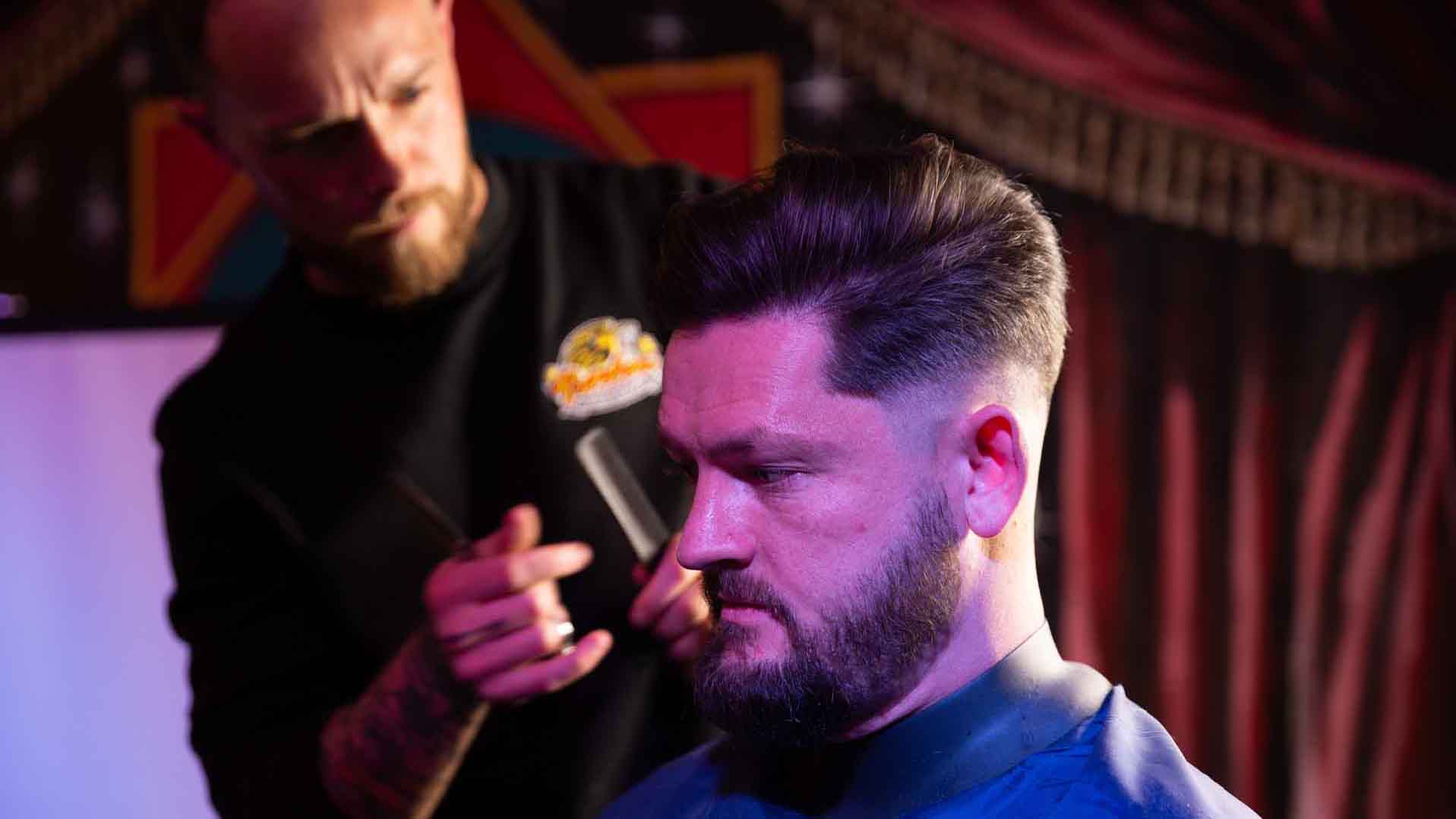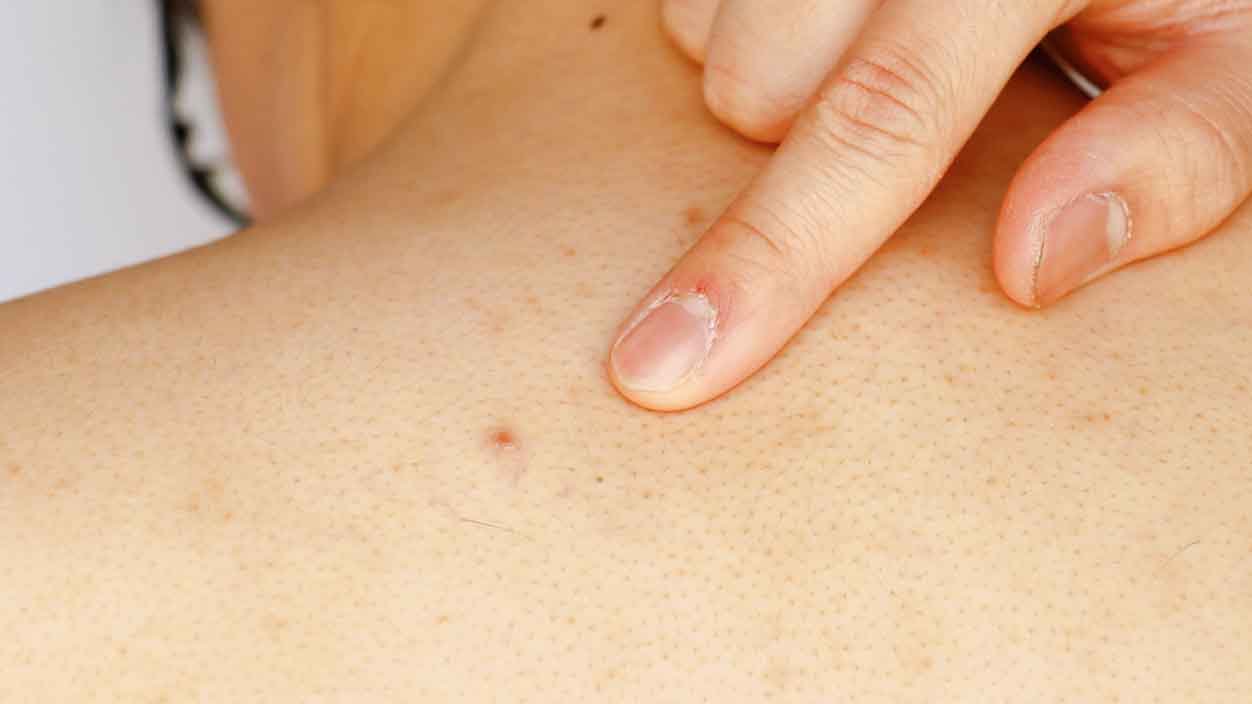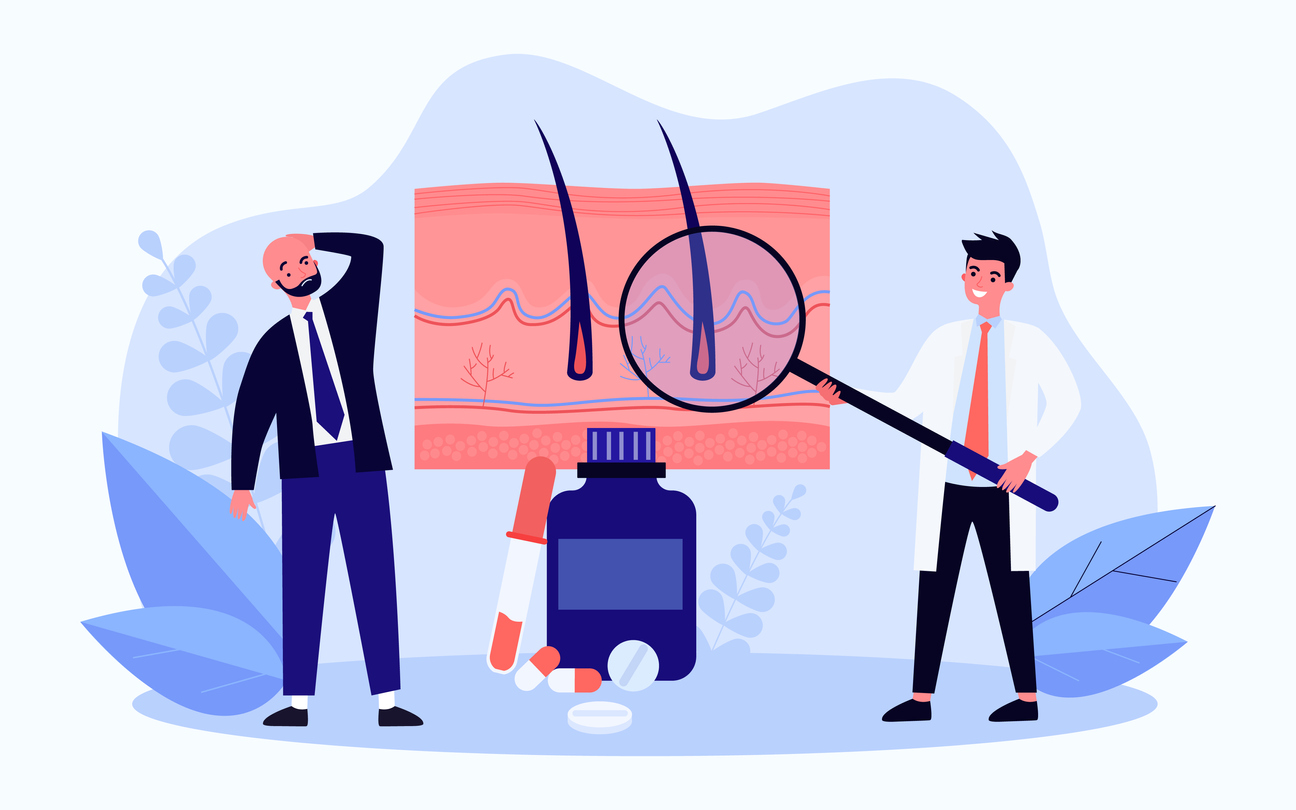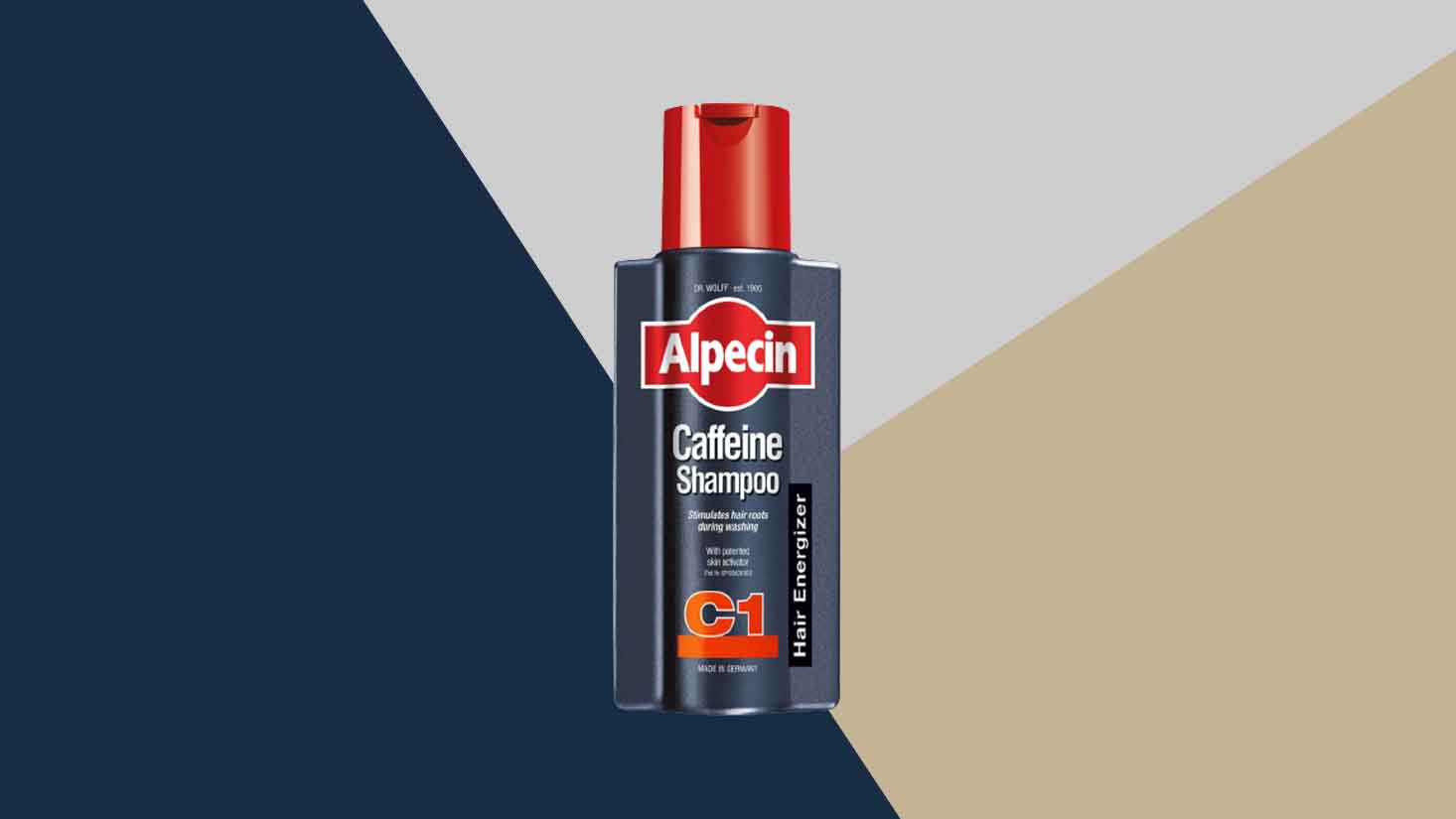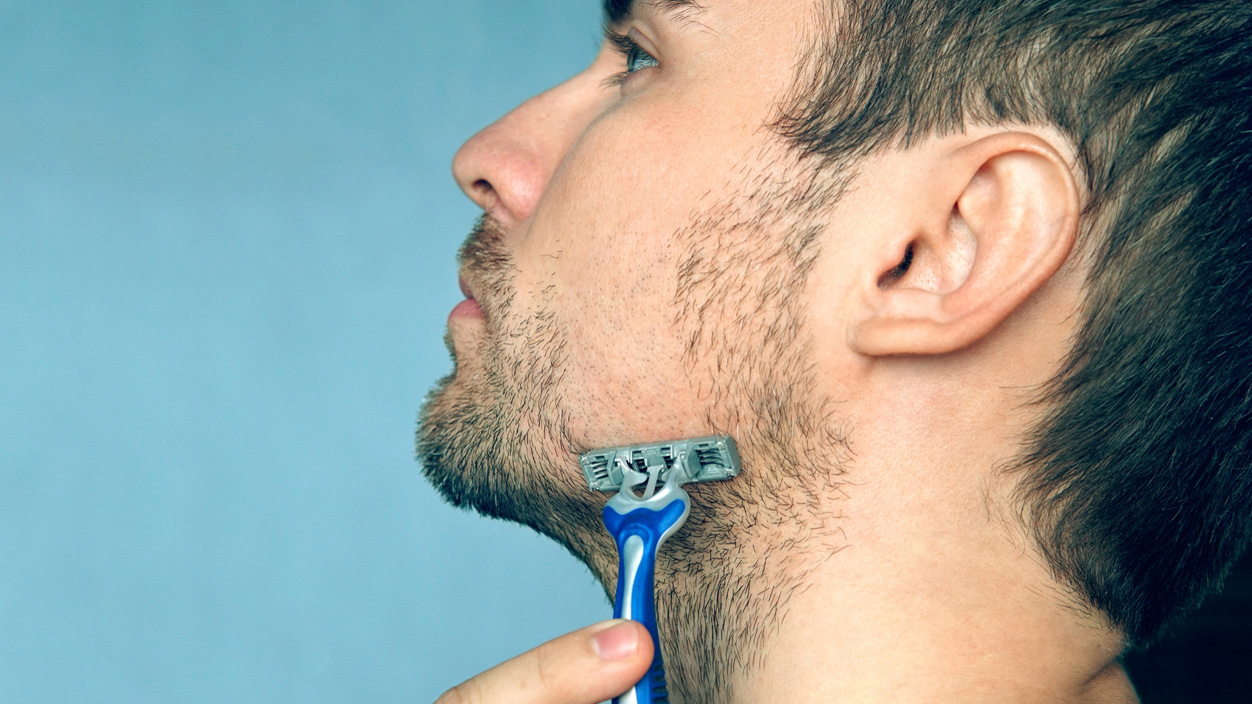
How to get rid of ingrown hairs – and stop them happening in the first place
If you’ve ever had ingrown hairs, you’ll know they’re unnecessarily difficult to get rid of. Let us help you not only get rid of them, but prevent them from appearing at all
I f you shave – whether that’s your face, head, balls or beyond – you’ll be well aware of the bane of ingrown hair.
Not only can they feel itchy, they cause red bumps to appear on the skin and are often accompanied by spots and pus – not a good look anywhere on your body. The problem arises especially after shaving, which is why men typically get them on their face and neck, while women find them on legs and armpits and pubic region.
Despite the irritation they cause, ingrown hairs aren’t inherently dangerous – but if they’re left untreated, they can become infected.
To get to the bottom of what causes them, how to get rid of them as well as how to stop them for good, we’ve spoken to Chanele Rosa, a Candela Medical Clinical Specialist for UK and Ireland.
FURTHER READING: How to shave your face, head and balls like a pro, according to science
Ingrown hair
An ingrown hair is a common condition where your hair curls back or grows sideways back into the skin, resulting in an inflamed, raised, red bump or cyst. They can be painful, and some may form a boil-like sore. Ingrown hairs can be caused by some methods of hair removal such as waxing, tweezing or shaving, predominantly among people who have dense coarse hair.
In some cases, it may be caused by a lack of exfoliation in the area or a hormonal imbalance.
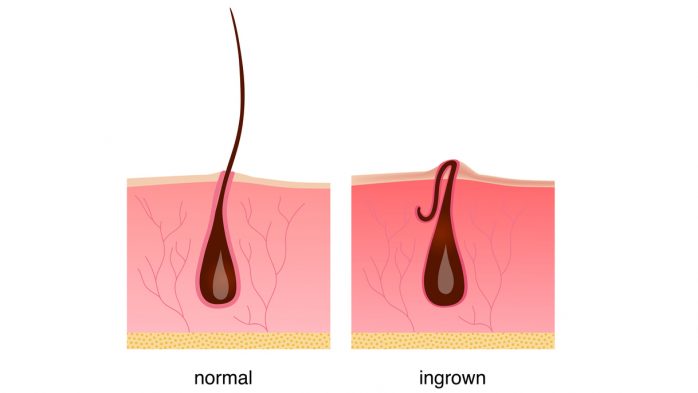 Getty Images/iStockphoto
Getty Images/iStockphoto People often think that if they don’t use any methods of hair removal, they won’t get ingrown hairs but this is not always the case.
Our hairs shed on a regular basis and when the hair grows back the hair follicle may be covered with dead skin preventing the hair from exiting the skin and resulting in ingrown hair.
People with curly hair are more likely to get ingrown hairs but people with straight hair can also develop them.
FURTHER READING: Magic Shaving Powder: What is the £5 hair removal powder that’s all over TikTok?
How to get rid of ingrown hair
It is best to stop waxing, shaving, or plucking your hair until the hair goes away. A warm compress can be applied to help open the follicle and you can gently exfoliate the area to help lift the hair above the skin.
Be careful not to over-exfoliate though. Removing dead skin can help reduce the number of hairs in an area but frequently exfoliating can also contribute to ingrown hairs because the skin regenerates quickly, and the hair follicles will be covered before they start to grow.
You shouldn’t ever tweeze the hair whilst it is under the skin because this may break the skin in the area and cause an infection. Once the hair has lifted out, you can use a sterile tweezer to gently pull the hair out. If the hair is infected, you will need to see your doctor who may prescribe an antibiotic.
FURTHER READING: Men’s skin vs women’s skin: Are there differences or is it marketing BS?
How to stop them in the first place
Rosa recommends creams with ingredients that exfoliate the skin such as salicylic acid, glycolic acid or lactic acid. Tea tree oil has antibacterial and anti-inflammatory properties and aloe vera will help soothe the area.
Do not pick or squeeze them as this may cause an infection and may result in a scar. Laser/IPL is a great solution for preventing ingrown hairs as it permanently reduces unwanted hair.
FURTHER READING: Best tweezers UK: Get rid of ingrown hairs, rogue eyebrows or tidy up your sprouting nose and ear hairs
MORE LIKE THIS





